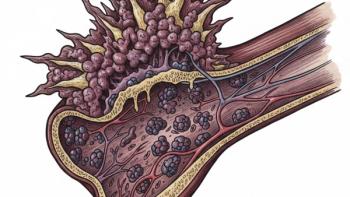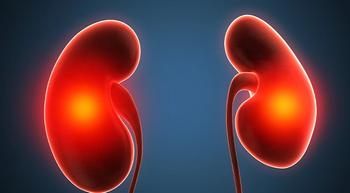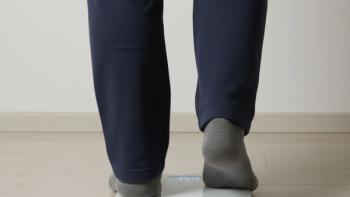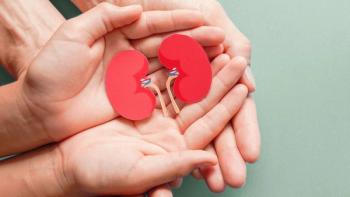
Live Your BREAST Life Beyond October with Bright Pink

1 in 8 women will be diagnosed with breast cancer at some point in their lifetime. As you think about all of the women in your life, these odds may not reassure you. But the bright news is that when women have the knowledge to be proactive about their breast health, they can truly make an impact.
80 percent of breast cancers are detected first by young women themselves and then confirmed by a medical professional. This matters because when detected early, the five-year survival rate for breast cancer is greater than 93 percent.
Bright Pink, a national non-profit focused on the prevention and early detection of breast and ovarian cancer, wants you to give your breasts the attention they deserve. It is crucial that women across the country take action to live their breast life- not just during October, but all year long.
Practicing Breast Self-Awareness
Early detection starts with knowing your body — or “knowing your normal” – and understanding what signs and symptoms to look out for.
One of the key ways to “know your normal” is to be breast self-aware. We all have different breasts — different sizes and shapes with varying densities. So, what does “normal” mean? The key is to define what is normal for YOUR breasts. We have some helpful tips to practice breast self-awareness:
- Touch your breast tissue from multiple angles with varying pressure. You want to feel both the deep and surface layers, from the interior by your ribs to just below the skin.
- Make sure to cover your entire breast. Remember, your breast tissue extends all the way up to your collarbone, all the way around your side underneath your armpits, and into your breastbone.
- What you’re looking for are any changes in size, shape, contour, dimpling, pulling, redness or scaly skin on the nipple or breast.
Establishing what’s normal for your breasts doesn’t happen with one check-in. It’s important to practice breast self-awareness routinely so that you can pick up on any changes that may happen over time.
If you notice a change, that doesn’t necessarily mean that something is wrong. What’s important is persistence. It can be helpful to make a note in your phone of the change you noticed, or even draw it out on a piece of paper with two circles. Set a reminder to check yourself again in two to three weeks. If the change has persisted, it’s time to visit a health care provider.
Live Your Breast Life
Monitoring your breasts can be hard to remember to do. For many of us, it’s the 99th item on our to-do list. That’s why Bright Pink has created Breast Health Remindersä. Breast Health Reminders will help you manage your breast health proactively by reminding you to check in with your breasts regularly via text-based reminders. These text messages will give you simple tips on how to take control of your breast health.
Visit





